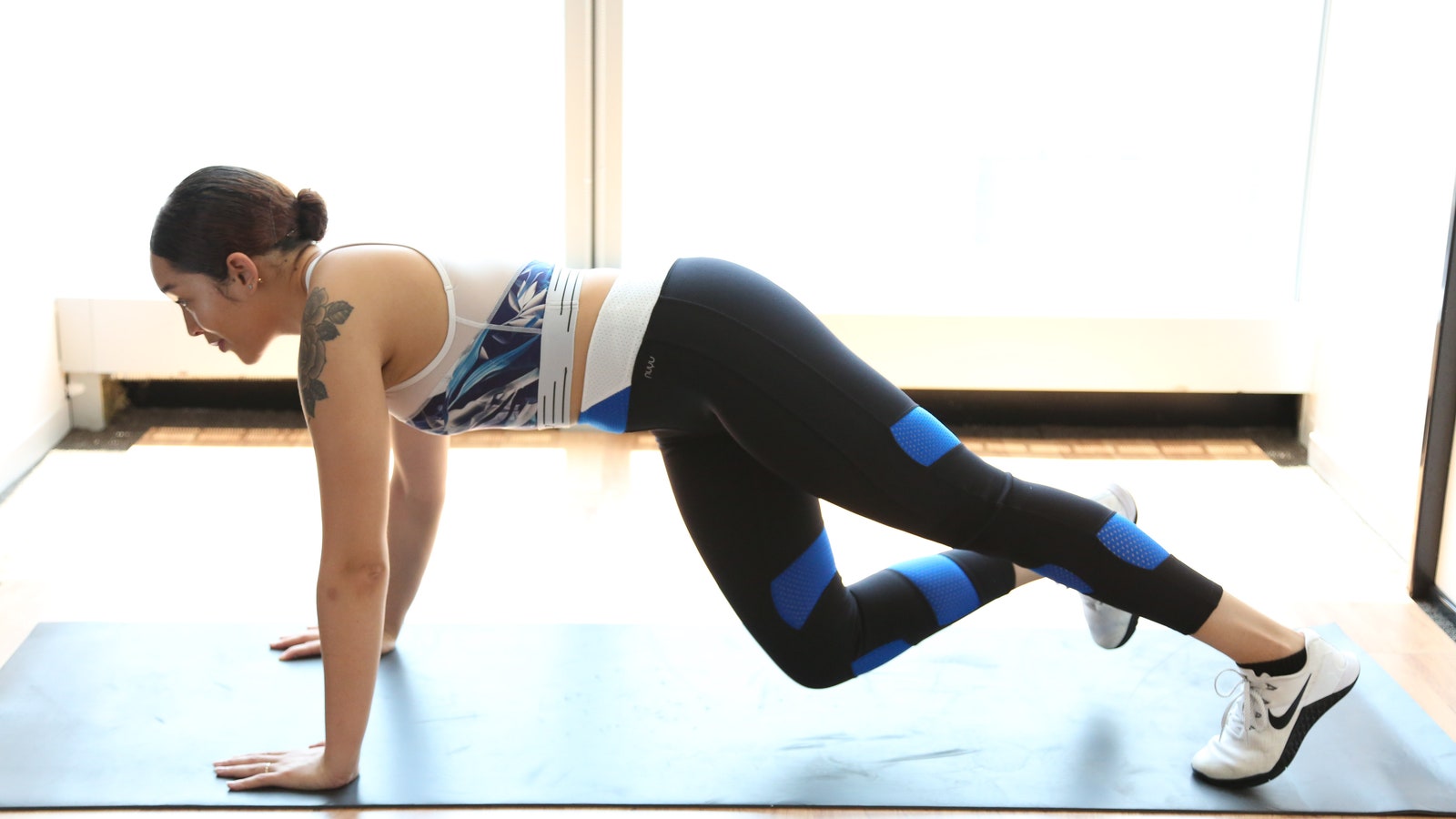Fitness, more specifically physical fitness, is defined as a state of health and well-being measured by professionals that evaluate your cardiovascular function, body composition, core, and muscular strength, as well as vertical jumping ability and flexibility.

Past definitions included the level of fitness needed to carry out a day’s activity without overwhelming fatigue. Before the Industrial Revolution, this definition was when people were required to do more physically demanding activities than our modern, convenient, and all-too-often sedentary lives.
When defining physical fitness, most people incorrectly evaluate fitness based on their physical appearance rather than the metrics discussed already.
Instead, the focus should be on cardiovascular function, flexibility, and muscular endurance as the primary metrics for defining fitness.
Fitness is a crucial ingredient to living a long, healthy life, but you need to be careful when you start a new routine for your safety and create an exercise routine that is sustainable for the rest of your life.
How To Get Fit Safely
Now that you understand the definition of fitness and what to measure, the next step is how to improve your overall fitness.
The first thing is to consult your primary care physician to evaluate your overall fitness and suggestions of the types of wholesale changes you should be making to your diet and overall wellness.
Understand that the World Health Organization recommends a fully grown adult to conduct at least 150 minutes of light activity per week, or 75 minutes of vigorous exercise. But, again, be sure to consult your doctor to examine if you have any underlying issues or unknown health concerns before beginning a program.
Once you decide to get fit, the most significant issue for people is that they get too ambitious and try to do too many vigorous activities before their bodies are ready for duress that vigorous exercise can place on the body.
By trying to do too much, too soon, you’re putting your body at risk of injury.
A better strategy is to get fit slowly, taking a holistic approach to your overall wellness.
A holistic approach examines all areas of your wellness in addition to your exercise routine.
The type of foods you eat, the amount of water you drink, improve your sleep, eliminate unnecessary risk factors such as alcohol and smoking, and improve your flexibility are all essential pieces that make up the whole picture of fitness.
Exercise Tips For The Beginner
When beginning an exercise routine, think about finding an “accountability buddy” that can keep you accountable to those moments when you lack the motivation to train.
Having a system to keep you in check is crucial for motivation and momentum. However, getting started is always tricky.
In fact, Sir Isaac Newton observed in his first law of motion that objects at rest stay at rest unless acted on by an outside force.
Keeping things going once you get started is difficult as well, so finding an external “motivator” such as a workout buddy or coach is a great idea.
Another suggestion is to choose activities that you enjoy doing as part of your exercise routine. For example, if you don’t like swimming, don’t add it as your primary cardiovascular routine, instead find something you do enjoy, whether it’s going for a hike, running, mountain biking, or what-have-you.
If you decide to take on an activity that requires safety gear, such as mountain biking, be sure that you get accessories and equipment that are correct for the type of terrain you’ll be experiencing.
- Helmets
- Gloves
- Mountain bike goggles
- Shoes
- Elbow and Knee Pads
- Tire Patch Kits
- Water Bottle – full
- Light Snack
You Are What You Eat
Diets rich in proteins, vegetables, fruits, and grains are a better indicator of nutritional health than one loaded up with a bunch of processed, salty, and sugary foods.
Keep in mind that many unnecessary calories stem from hidden sources used in processed foods to enhance flavor without adding any nutritional value.
Get Enough Sleep
Sleep is crucial for the body to be healthy and replenish itself, especially as you add an exercise routine to your daily habits.
It is recommended that the average adult sleep 8 hours of uninterrupted sleep every night, and the trick is to put aside your phones, tablets, TVs, and other screens at the latest 90 minutes prior to bedtime. Then, create a routine before going to bed that relaxes your brain and body, preparing for rest rather than being active or stimulated before sleeping.
The objective of measuring fitness is to get an understanding of your overall health. Therefore, fitness is not defined by appearance, instead measured by cardiovascular function, physical strength, and flexibility.
Combined with a rich diet in foods that are not processed and getting high-quality sleep are all essential components to your overall health and wellness.
[…] stress can ruin wellness and health goals. It is crucial to manage stress. There are many strategies that can be employed in order to manage […]